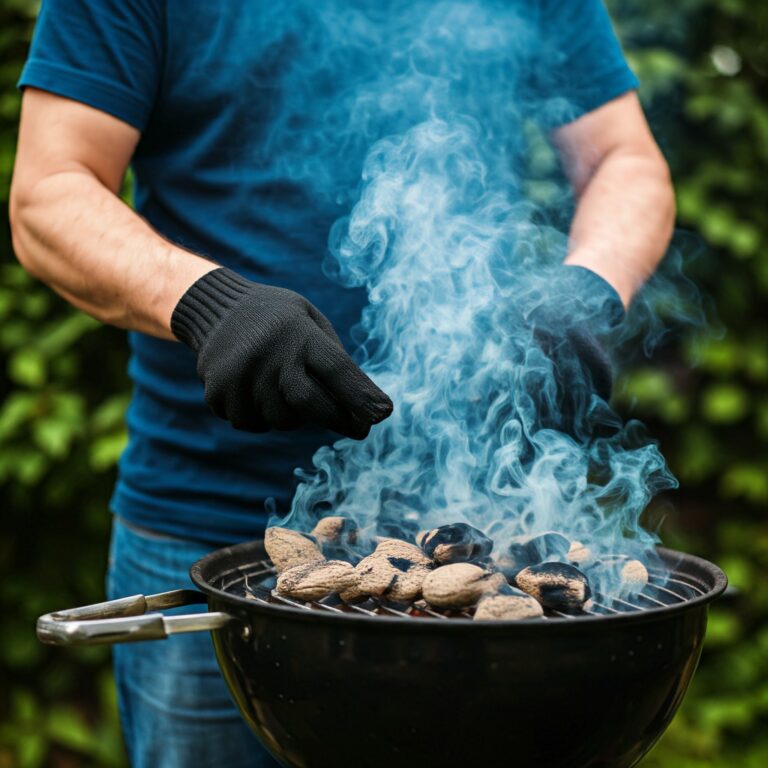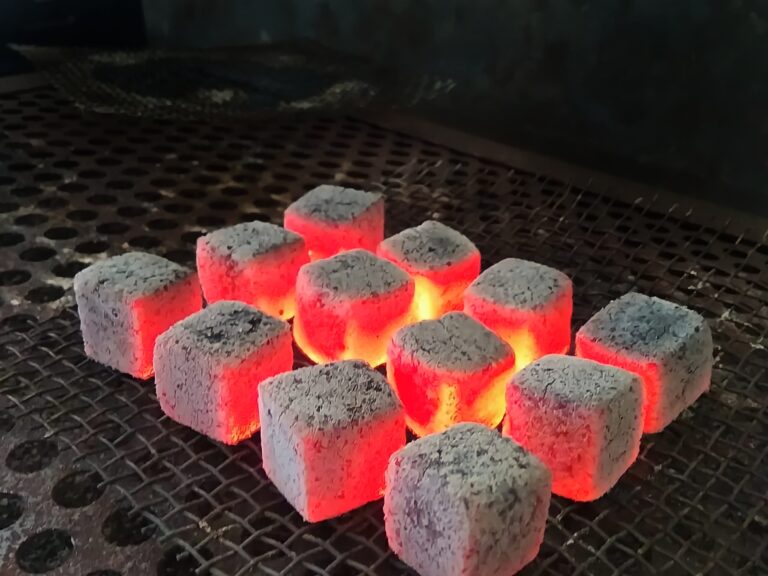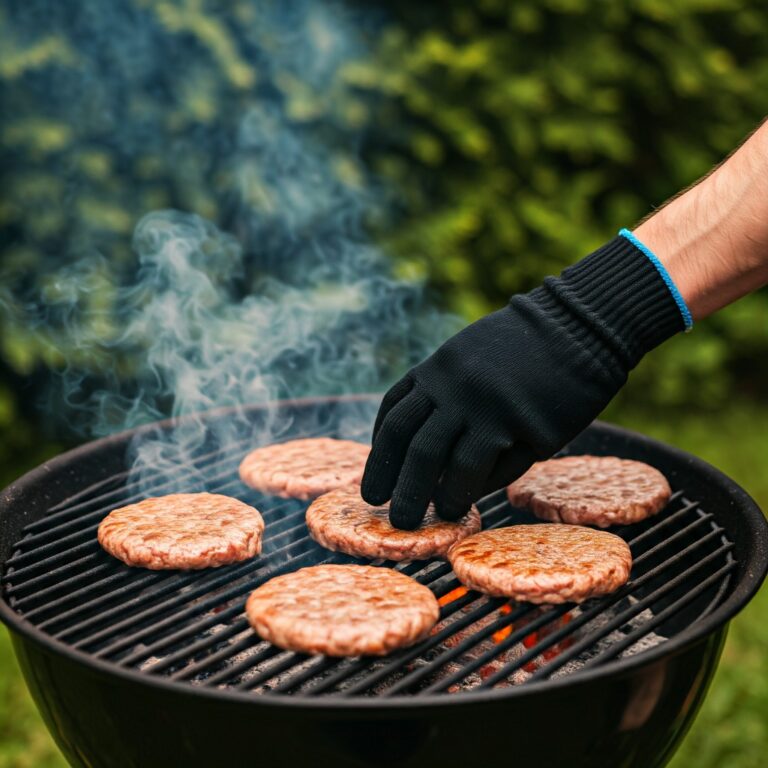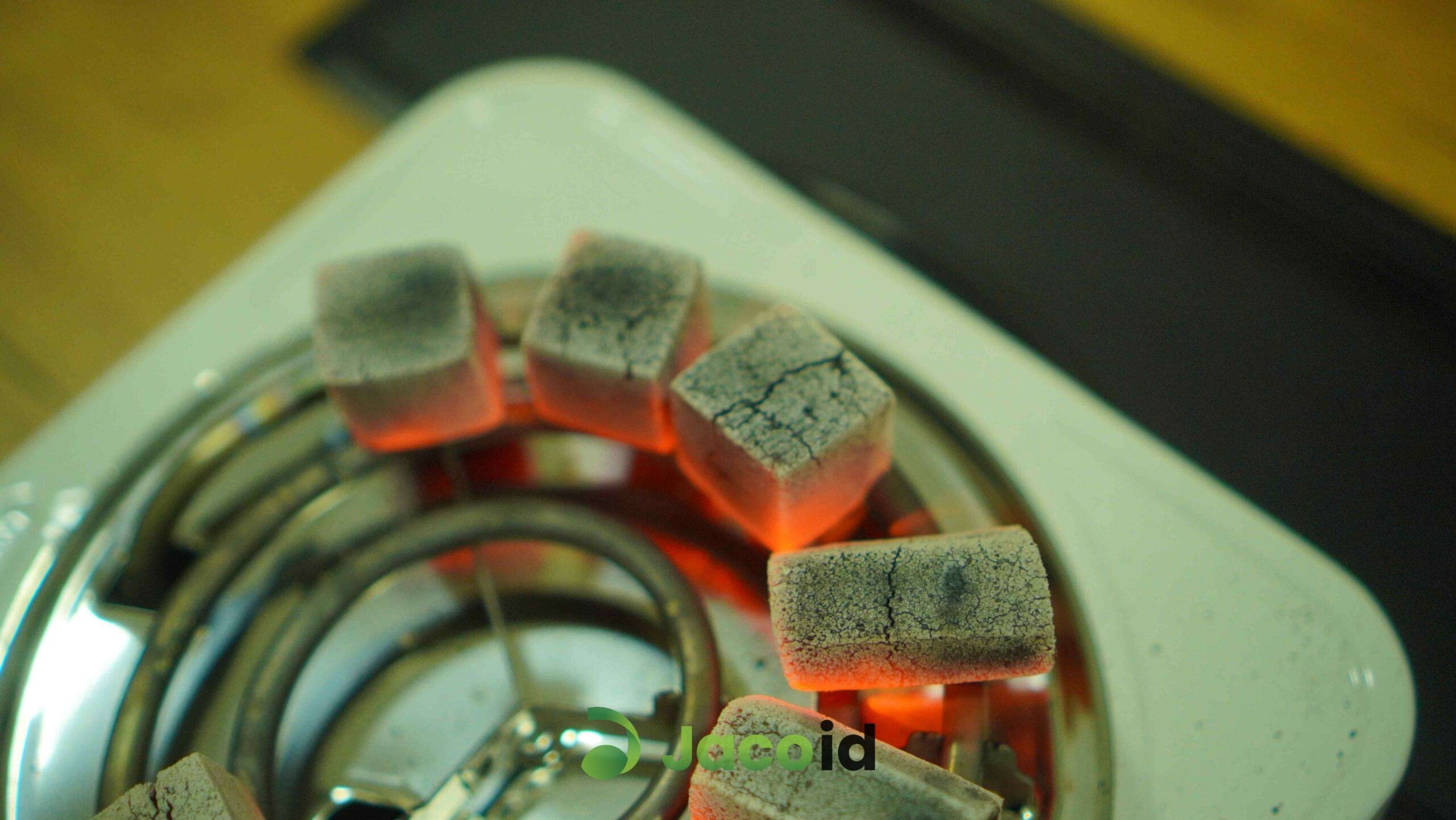 In the previous guide, we learned how to make coconut charcoal briquettes, and in this guide, we will give you a good and easy way to use charcoal briquettes for everyone.
In the previous guide, we learned how to make coconut charcoal briquettes, and in this guide, we will give you a good and easy way to use charcoal briquettes for everyone.
Also, do you still remember how the coconut charcoal briquette process happens? That’s right, briquettes are made from charcoal that goes through a complex and meticulous process of burning and compressing.
In addition, this dusty black stone has many benefits and uses in the industrial field, the medical field, and the field of beauty cosmetics.
It turns out that this charcoal has many other uses besides being used as briquettes, which are used as alternative energy that acts as the main ingredient of combustion.
We already know what briquettes are from the above understanding, and in this guide, we will guide you on how to use charcoal briquettes properly and correctly as well as the tools needed and with more specific benefits of charcoal briquettes and we can utilize them to the fullest.
2 Ways to Use Charcoal Briquettes for Everyone
Here we have prepared a guide on how to use charcoal briquettes well and easily for everyone 2 parts along with the fields that often use them, such as:
1. How to Use Charcoal Briquettes for Household Use

It turns out that the use of charcoal briquettes also affects our survival. In a short period, briquettes are increasingly popular along with the increasing need for efficient and environmentally friendly energy sources.
Because of this, charcoal briquettes are often sought after and used in households, so we will provide 2 tips for using briquettes in household use:
1) Use of Briquettes for Cooking and Barbecuing
Before we get into the process we will prepare the tools used, namely:
1. grill
2. charcoal briquettes
3. fire ignition liquid (optional)
4. matches or lighter
5. grill tongs
Now that the equipment used is known, we will explore how to use charcoal briquettes and tools in barbecue cooking.
a. First, we will clean the grill using water and steel fibers and make sure the grill is free of dust or dirt to facilitate airflow during the grilling process.
b. After that we can stack charcoal briquettes on the grill with tongs, after being arranged neatly we make sure there is air ventilation in the combustion so that the heat of the fire in the grill can be evenly distributed throughout the briquettes that have been stacked
c. After that we can burn/ignite the briquettes with a match or other lighter. To make the charcoal briquettes flammable we can use additional triggers such as newsprint, wood chips, paraffin, and alcohol and make sure we are not too close to the grill when lighting the fire.
d. The next process is to wait and fan the charcoal briquettes to change to white color when burning, after the briquettes emit red light in the white part we can exchange positions with briquettes that are still black using grill tongs.
e. After all charcoal briquettes have changed color to white, we can spread the briquettes evenly with grill tongs to get maximum heat in cooking or grilling barbeque.
f. Finally, the briquettes are ready for grilling or cooking the desired food.
2) Use of Briquettes for Heating
Besides cooking, charcoal briquettes are also used as heating fuel. Because the heat released by briquettes is quite stable and evenly distributed, it is very suitable for use as a heater. The following is a step-by-step guide to using charcoal briquettes in space heating:
a. Preparation
First, before using briquettes as indoor heaters, it is important to prepare the right equipment. Also, make sure that the room being heated is well-ventilated so that toxic gases such as carbon monoxide do not build up, which can be harmful to our breathing.
b. structuring
After we have confirmed the room and tools used, we then arrange the briquettes in small piles or arrange them in a certain pattern to ensure good airflow ventilation in the heater.
c. Combustion/Enlightenment
After arranging the charcoal briquettes neatly, the next step is to light them using a small amount of natural igniting materials such as paper and wood chips.
To avoid the risk of toxic fumes, avoid using chemical fuels such as gasoline and kerosene. Instead, use a lighter to light the charcoal briquettes.
Let the briquettes burn until the surface is gray and the heat is evenly distributed. This indicates that the briquettes are ready for use.
d. Heat Management
Use the vents on the heating device to regulate the airflow and the intensity of the heat generated. Opening the vents will increase the heat while closing them slightly will reduce the heat.
If needed, carefully add new briquettes to the furnace or stove. Make sure to add them before the old briquettes burn out to keep the temperature stable.
e. Maintenance and Safety
Always monitor the temperature of the room and heating devices to ensure that there is no overheating, thus avoiding the risk of fire.
It is important to regularly remove ash and combustion residue from the stove or burner. Accumulated ash can block airflow and reduce the heating efficiency produced by burning charcoal briquettes.
And never leave a heating appliance that uses briquette fuel unattended. Also, make sure the heating device is placed away from combustible materials to anticipate the risk of fire.
f. Extinguishing
The extinguishing process itself is an important process to stop the combustion process, namely, by closing all ventilation holes in the heating device to stop air circulation.
This action will help extinguish the flames gradually. Make sure all briquettes are fully extinguished before leaving or cleaning the heating device. This step is very important to prevent accidental fires.
g. Storage of briquettes
Store unused and leftover charcoal briquettes from burning in a location that is protected from moisture to maintain combustion efficiency when reused.
Avoid placing briquettes too close to heat sources or direct flames to reduce the possibility of fire. Then don’t forget to clean the burning debris from the heating device to ensure proper ventilation.
2. Briquettes for Plants and ornamental plants
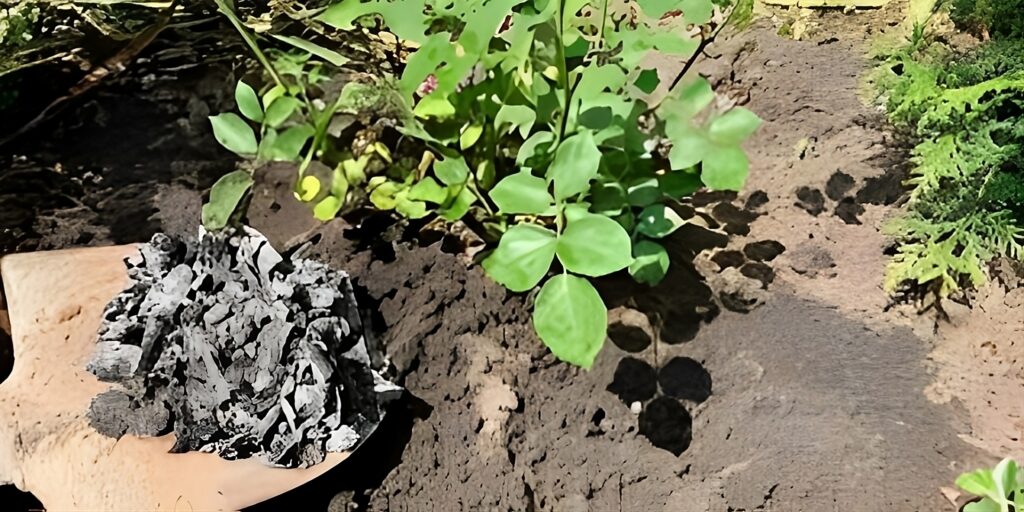
Charcoal briquettes have many benefits. Briquettes not only serve as fuel for cooking and heating but also help increase agricultural production and support environmental conservation.
We’ve grouped this guide into five sections, and let’s check out the topics we’ll cover:
1. fertilizer and soil conditioner
The ash from burning charcoal briquettes contains the mineral potassium, which benefits plant growth by strengthening roots and increasing metabolism to fight disease.
Using charcoal briquette ash as a natural fertilizer can help improve soil structure and fertility by improving aeration and drainage. As such, it helps neutralize the acidic pH of the soil and acts as a perfect natural fertilizer to improve the health of different types of plants.
2. improvement of compost quality
Charcoal briquettes can absorb odors, so they can reduce the unpleasant smell of the compost pile. This makes compost management more convenient and hygienic. Charcoal scraps can help speed up the decomposition process of compost organic matter.
This results in fast-maturing, nutrient-rich compost, which supports plant growth, fertility, and health. The charcoal in the compost also absorbs and releases nutrients gradually, providing a steady and continuous intake of nutrients for plants.
3. Pest control
Charcoal briquettes placed around plants produce a scent that can keep away various types of pests and insects, making plants safer.
Using charcoal as a pest repellent is an ecological approach as it does not involve harmful chemicals, making it safe for the environment and soil health.
Experts also find this method effective and cost-effective. By using charcoal from burning residue, we can reduce the use of expensive chemical pesticides.
Charcoal briquettes can be a natural alternative for controlling pests on farmland. When placed around plants, the aroma of briquettes can repel several types of pests and insects.
4. Storage of soil moisture
Because charcoal has a high porosity, it can absorb and store large amounts of water. Therefore, charcoal briquettes are very suitable as soil moisture storage containers.
This can help in maintaining a healthy soil structure, especially in areas that experience drought or have low rainfall.
By retaining soil moisture, plants can stay hydrated for longer, reducing the need for frequent watering, as well as maintaining plant fertility resulting in optimal quality.
5. carbon emission reduction
The use of charcoal briquettes has significant benefits in reducing carbon emissions by storing carbon in the long term. This process, known as carbon sequestration, involves burying briquettes in the ground, which stores the carbon in the soil, reducing the amount of carbon dioxide released into the atmosphere. This in turn reduces greenhouse gas impacts and contributes to global climate change.
Conclusion
Based on the guide above, we have learned about the many benefits of charcoal briquettes, including how to use them as fuel for cooking or heating when with family, friends, or close relatives. In addition to fuel, this dusty black stone is also useful in plant growth.
If one knows botany, then charcoal briquettes will be a good choice as a support material for plant growth, which helps keep the fertility, health, and quality of plants stable. Moreover, the use of briquettes can also contribute to the preservation of our environment.
Thank you for taking the time to read our “How to Use Charcoal Briquettes for Everyone” guide. I hope you find this guide useful. If you want to order or find interesting information about charcoal briquettes, visit this link.


